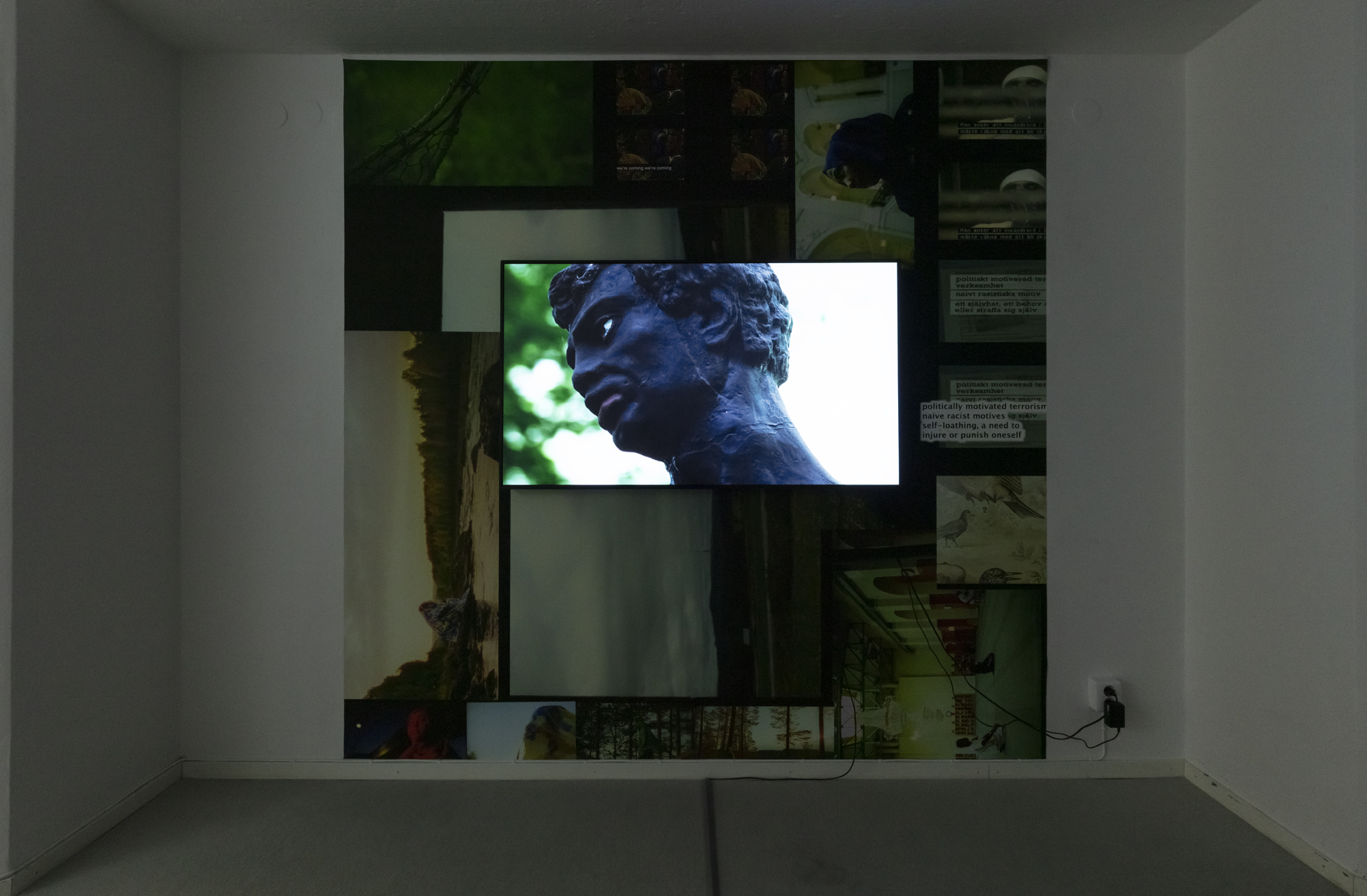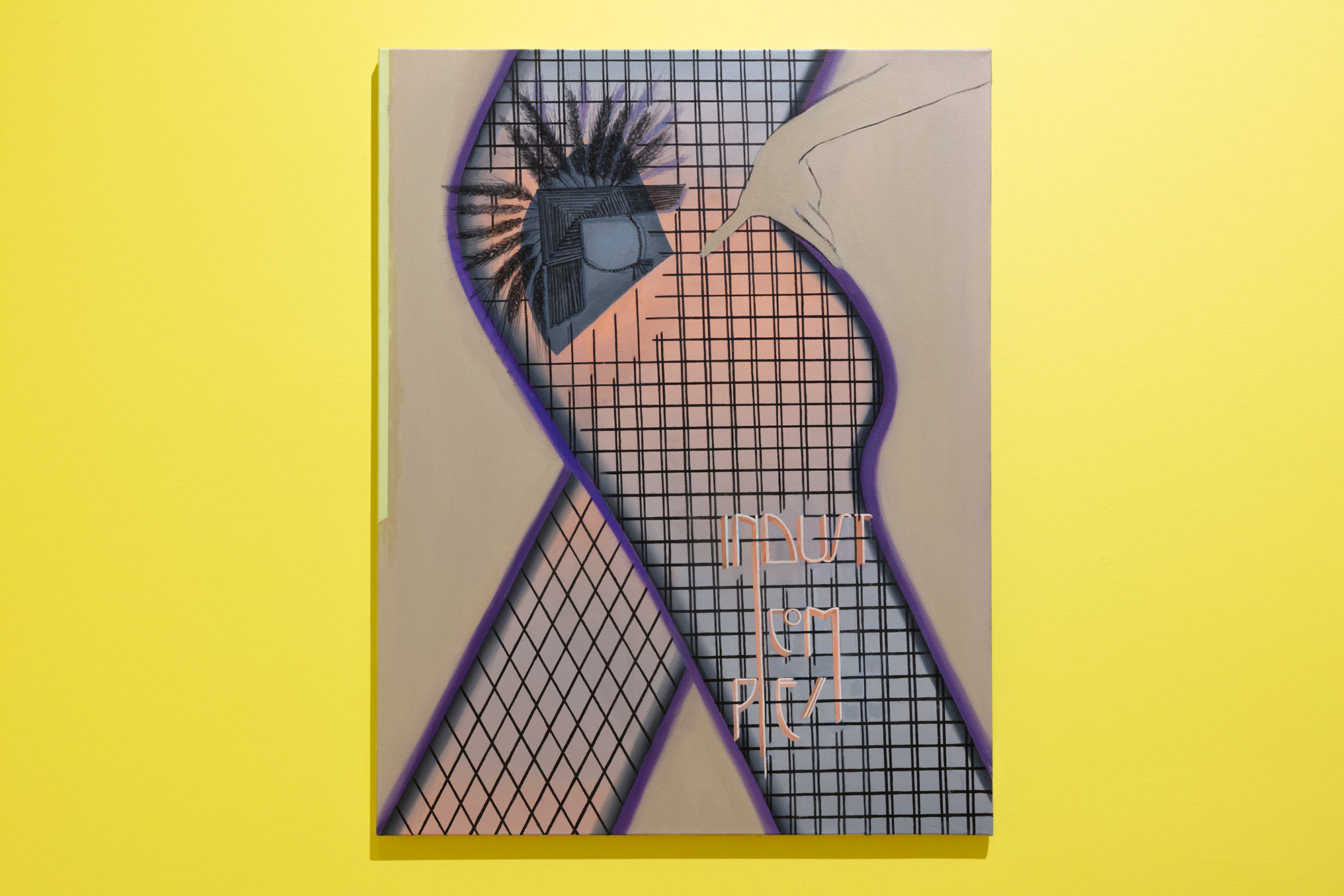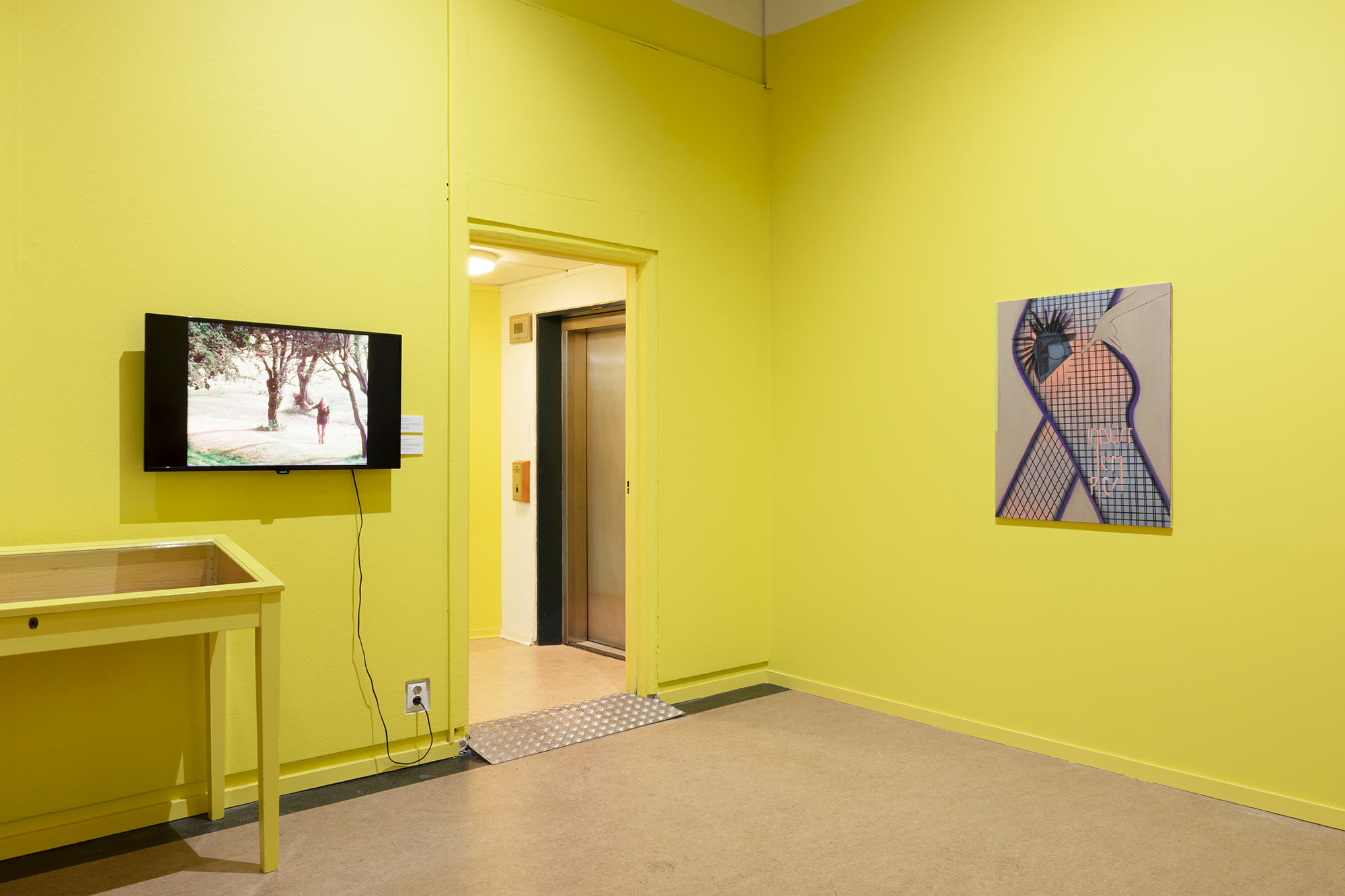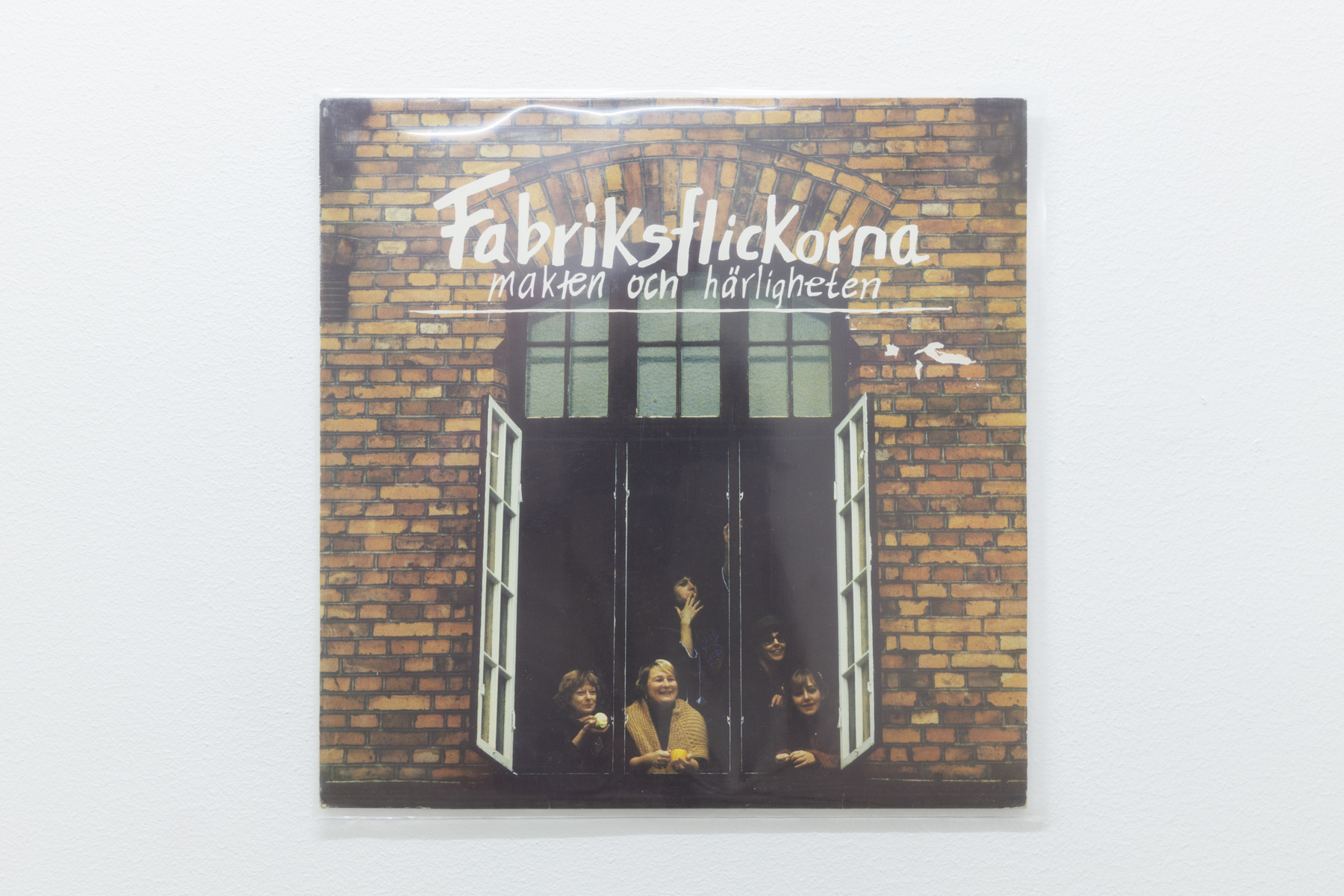The artistic project: The factory girls – The wilful textile worker organize an exhibition and conference at Mint Art Gallery in the ABF building in Stockholm. The conference wants to highlight and discuss the conditions, knowledge and resistance of women in the textile and home industry; their willingness and self-will, which is expressed in organization, professional pride and strategies. During the week, parts of the play Fabriksflickorna – makten och härligheten [The Factory Girls – The Power and Glory] are reactivated, in an exhibition by Åsa Norman (Sweden) textile artist, and Frida Hållander (Sweden) PhD, craft artist. The play premiered in Skellefteå under the direction of Suzanne Osten and Margareta Garpe in 1980.
In the exhibition, Norman and Hållander show parts of the multi-year artistic project The Factory girls – The Willful Textile Worker through material and crafts investigations – as well as archive material and sound. Artists and researchers are invited to the conference. They will hold workshops and presentations to create a Nordic context for an in-depth discussion on textile production and the home industry.
The project is carried out with support from the Nordic Culture Fund, The Swedish Arts Grants Committee, the Helge Ax:son Johnssons stiftelse and Byggnads kulturstipendium. The exhibition och conference is part of Stockholm Craft Week 2020.
Conference Week Program:
The conference is taking place in the ABF-house at Sveavägen 41 in Stockholm. The lectures is in different lecture-halls (see schedule). The lectures will be available to follow online via Zoom and we take a limited number of people in the audience.
Wednesday September 30
The exhibition opens! Opening hours: 16.00-20.00.
Thursday October 1
Conference day 1, all lectures are in Katasalen at the first floor in ABF huset
The exhibition is open 12:00-18:00
10:00-11:30 Introductory presentation and lecture by Åsa Norman (Sweden) textile artist and Frida Hållander (Sweden) PhD, craft artist, presents the ongoing artistic project Factory girls – The Willful Textile Workers. Tjia Torpe (Sweden) educator and producer will tell about the play Fabriksflickorna – makten och härligheten [The Factory Girls – The Power and Glory]. Language: Swedish.
13:00-14:30 Leena Enbom (Finland) doctoral researcher in Social and Economic History in the University of Helsinki. The lecture will shed light on the variations of home industries that appeared as part of the secondary labour market in the urbanizing Finland from the late 19th century until the 1960s. Additionally, the lecture will discuss the disciplinary functions of the workhouse and relief work institutions based on the obligation to perform crafts and sewing tasks. Language: English.
15.00-16:30 Lecture with Malin Nilsson (Sweden) PhD Economic History, researcher at the Department of Economic History at Lund University. She will present her dissertation Taking work home: Labor dynamics of women industrial homeworkers in Sweden during the second industrial revolution (2015). Nilsson’s talk will also focus on how women’s commercial home based textile production became a highly politicized topic in Europe in the late 19th century. Language: Swedish.
Friday October 2
Conference day 2, all lectures are in Katasalen at the first floor in ABF-huset The exhibition is open 12:00-18:00
10:00-11:30 Sushmita Preetha (Bangladesh) journalist, writer and researcher, together with Karin Elfving (Sweden) journalist and ethnologist. The lecture will be based on testimonies from textile workers in Bangladesh were it is describe how their rights are constantly violated, also how Covid-19 has pushed these workers into further difficulties. Preetha and Elfving will also include the response from some of the Swedish brands. Language: English.
13:00-14:30 Lecture with Franz Petter Schmidt (Norway) Associate Professor of Textile Art at KhiO – Oslo School of Fine Arts, textile artist and artistic researcher. Schmidt will present his artistic dissertation project Reflection, Weaving Fabrics for Suits (2018), which touches on the textile factory Sjølingstad Woolen Mill in Norway, and textile industry production through feeling, longing, belonging, memory, pride and being queer. He will also present an ongoing project on a diary written from 1925 to 1942 by the weaver Malli Berge. Language: Norwegian.
15:00-16:30 Emelie Röndahl (Sweden) PhD student at HDK – Gothenburg University in the Arts, presents her ongoing artistic dissertation project “Crying Pixels: a practitioner’s narrative through woven rya – aspects of time in hand made practice”. Language: Swedish.
Saturday October 3
Conference day 3, all lectures are in Hjärtat at the entrance level at ABF huset
The exhibition is open 12:00-18:00
11:00-12:30 Munish Wadhia (Sweden) artist, will present his ongoing work on the match industry Jönköping’s Match Factory AB. Wadhia will also present his work “Signs taken for wonders” in which he returns to the images and objects that surrounded him during his childhood, but with a decolonial gaze that questions their given meanings, here he refers to the experience from different textile factories. Language: English.
13:00-14:00 Marie Hållander (Sweden) freelance poet and lecturer at Södertörn University. Hållander will present the literary project “Among the girls and machines of the textile dust” where she starts from textile stories and archives from Sjuhärad in Västergötland. Language: Swedish.
14:00-14:30 Nino Mick (Sweden) poet and writer, they will read an adapted version of a novel in progress that delas about Berta Bäckman (b. 1860) and other factory worker that works in a match factory in Tidaholm. The historical novel moves on two times, 1875 – the time of the great fire in the factory where 50 girls perished, 1909 – the Swedish general strike. Language: Swedish.
15:00-17:00 Go-slow action, along Sveavägen, start outside the ABF-house, public performance led by Frida Hållander & Åsa Norman.
Sunday October 4
The exhibition is open 12:00-16:00
With generous support from Konstnärsnämnden, Nordisk kulturfond, Helge Ax:son Johnssons stiftelse and Byggnads kulturstipendium in collaboration with Iaspis.
Illustration: Hanna Stenman

















































